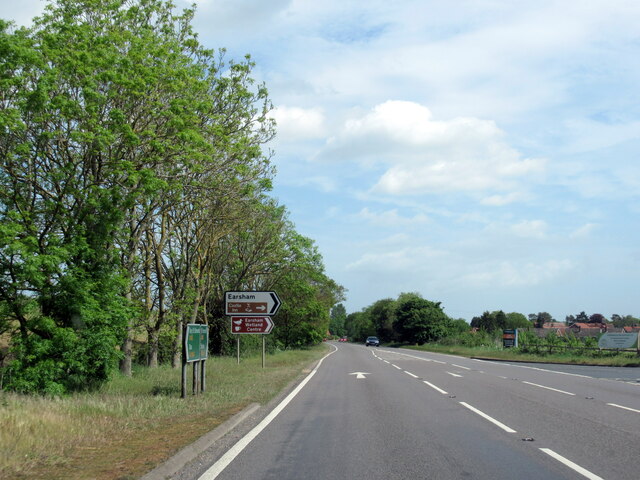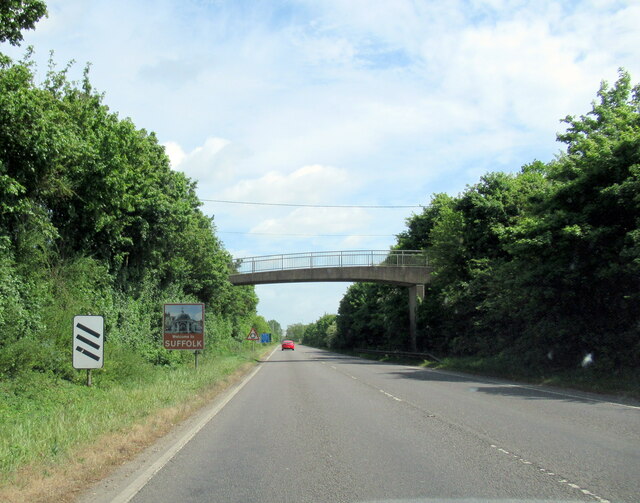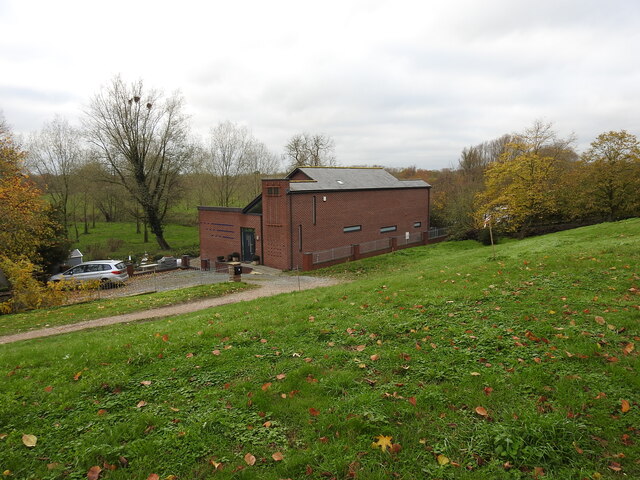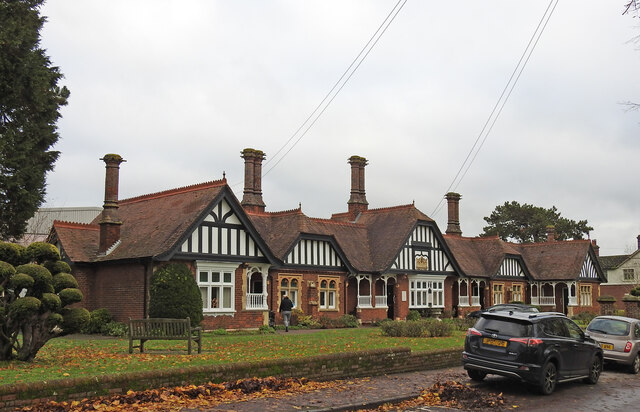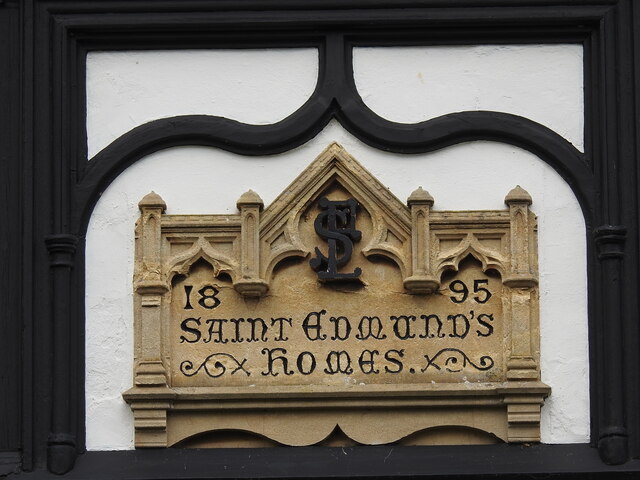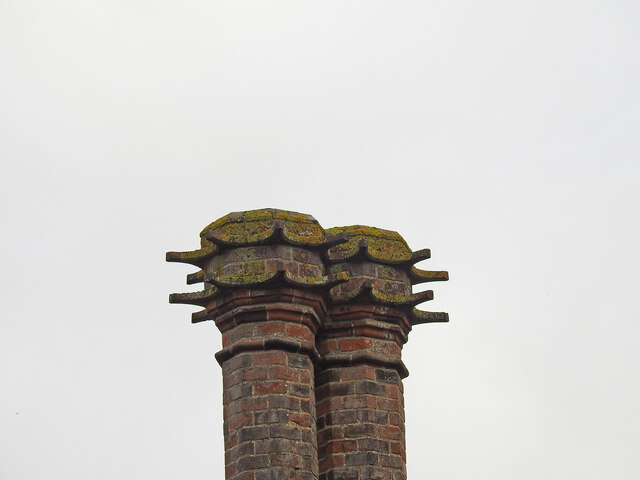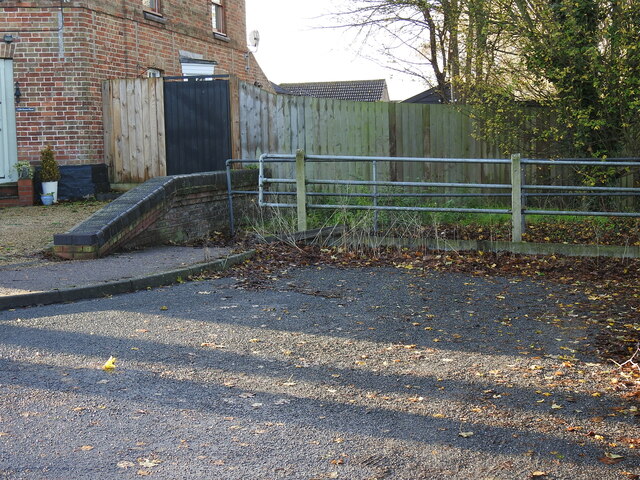Beech Wood
Wood, Forest in Norfolk South Norfolk
England
Beech Wood
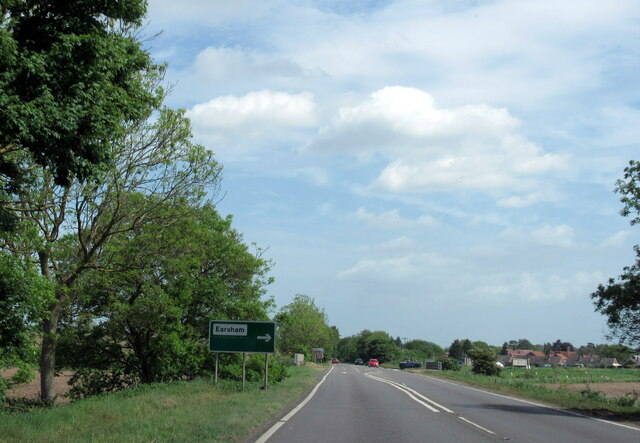
Beech Wood is a charming forest located in the county of Norfolk, England. Covering an area of approximately 50 acres, it is known for its stunning collection of beech trees that dominate the landscape. The wood is situated in a rural setting, surrounded by rolling hills and picturesque countryside, making it a popular destination for nature enthusiasts and hikers alike.
The beech trees in Beech Wood are particularly noteworthy for their tall and elegant stature, with some reaching heights of up to 30 meters. Their smooth, silver-gray bark adds to the visual appeal of the woodland. During spring, the wood is transformed into a sea of green as the beech trees come alive with fresh leaves, providing a canopy of shade for visitors to enjoy.
The forest floor is carpeted with a diverse range of flora, including bluebells, primroses, and wild garlic, creating a vibrant and colorful display during the blooming season. The undergrowth is home to a variety of wildlife, such as squirrels, rabbits, and various bird species, making it an ideal spot for birdwatching and animal observation.
Beech Wood offers a network of well-maintained trails and pathways, enabling visitors to explore its natural beauty at their own pace. The wood is also equipped with picnic areas and benches, providing opportunities for relaxation and family outings. With its tranquil ambiance and scenic surroundings, Beech Wood is a true gem of Norfolk, attracting both locals and tourists seeking a peaceful retreat in nature.
If you have any feedback on the listing, please let us know in the comments section below.
Beech Wood Images
Images are sourced within 2km of 52.454775/1.4050615 or Grid Reference TM3189. Thanks to Geograph Open Source API. All images are credited.
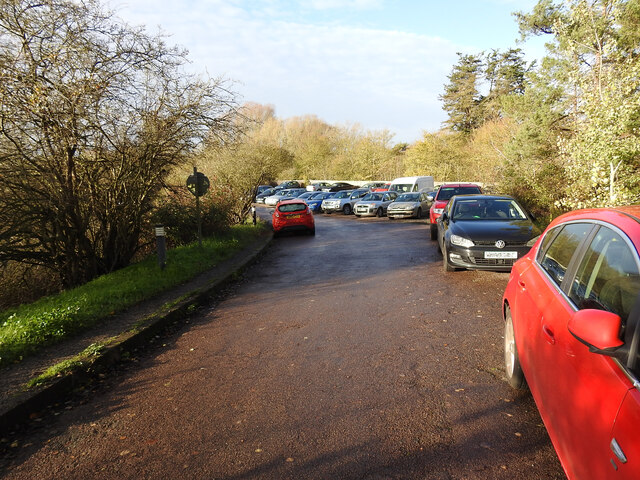
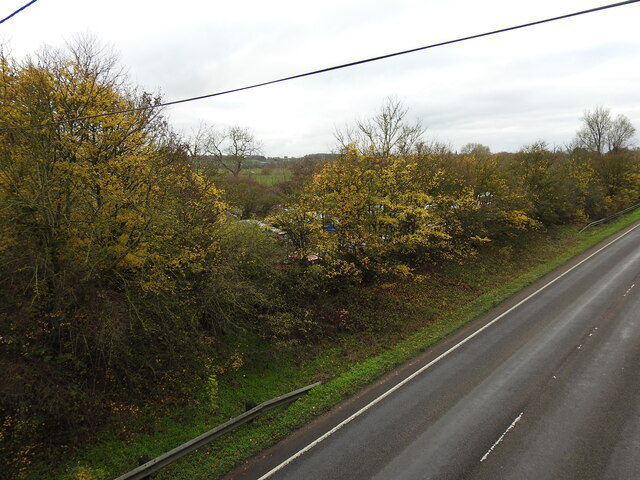
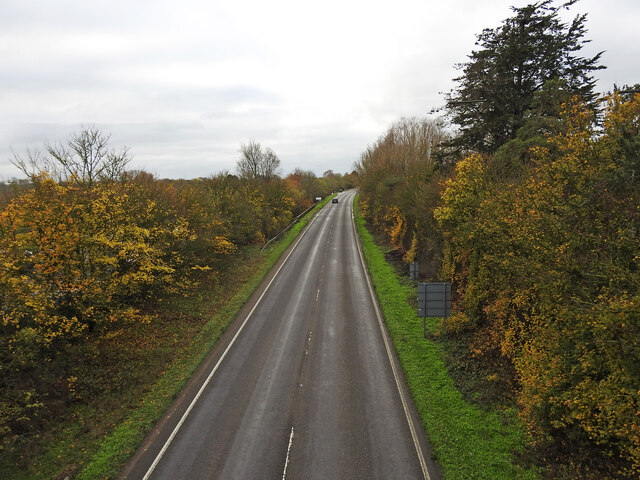
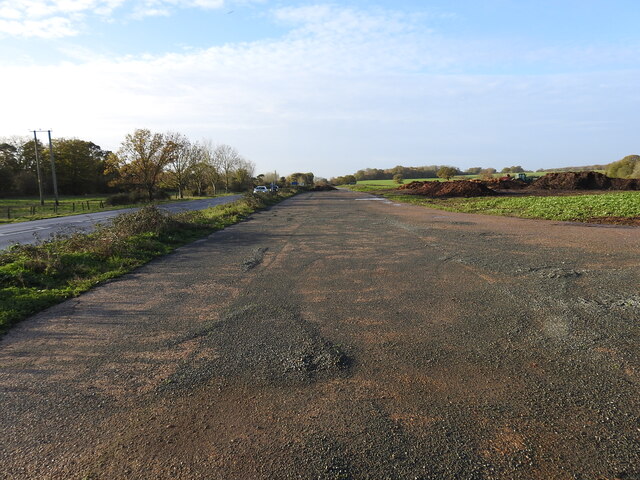
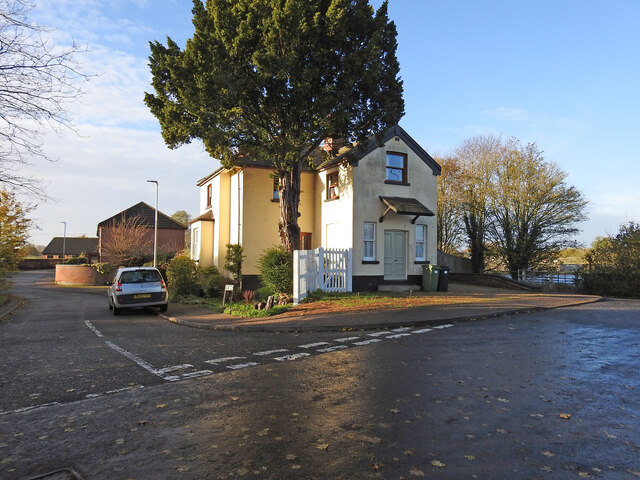
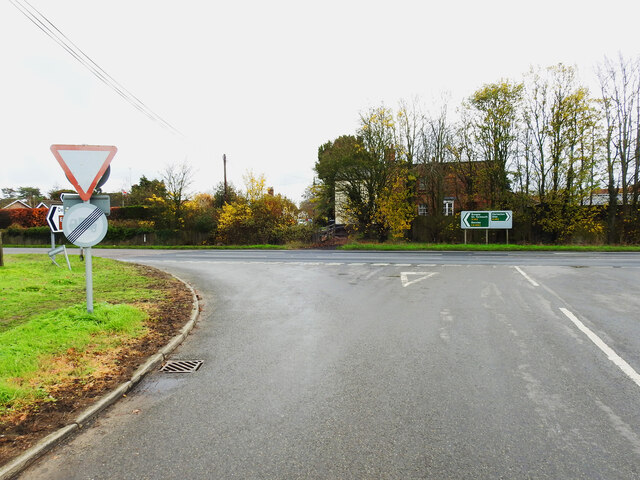
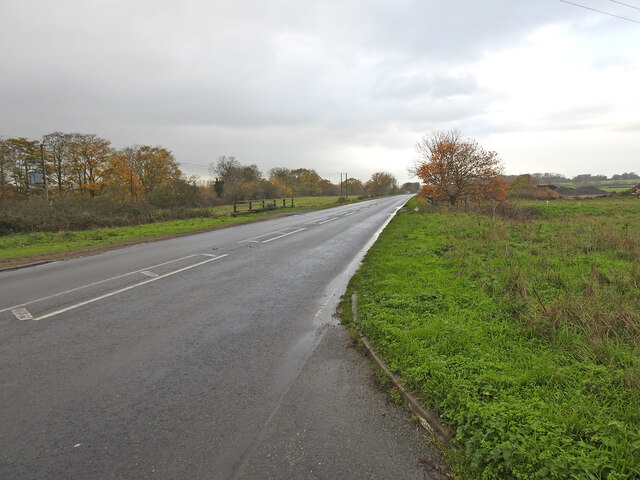
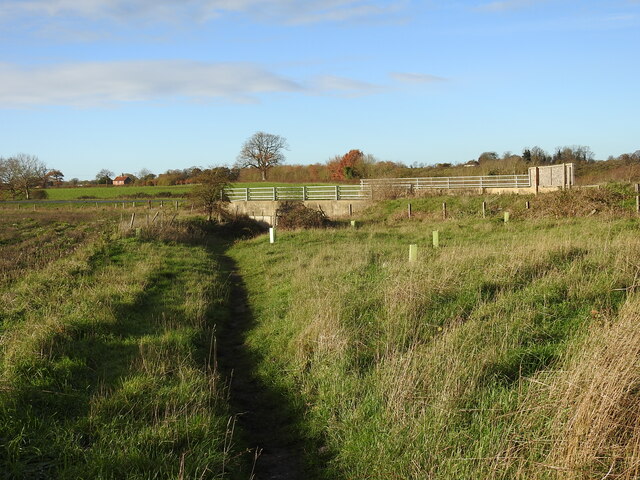
Beech Wood is located at Grid Ref: TM3189 (Lat: 52.454775, Lng: 1.4050615)
Administrative County: Norfolk
District: South Norfolk
Police Authority: Norfolk
What 3 Words
///alarming.flexibly.legend. Near Bungay, Suffolk
Nearby Locations
Related Wikis
Earsham railway station
Earsham was a railway station in Earsham, Norfolk, England. It was located on the Waveney Valley Line which connected Beccles with the Great Eastern Main...
Earsham
Earsham is a village and civil parish in the English county of Norfolk. Earsham is located 1.7 kilometres (1.1 mi) west of its postal town of Bungay and...
Bungay railway station
Bungay railway station was located on the now disused Waveney Valley Line which ran between Tivetshall and Beccles. The station was closed in 1953 and...
Bath Hills
Bath Hills is a 12.2-hectare (30-acre) Local Nature Reserve west of Ditchingham in Norfolk. It is owned by South Norfolk District Council and managed...
Bungay Castle
Bungay Castle is a Grade I listed building in the town of Bungay, Suffolk. == History == The site was originally a Norman castle built by Roger Bigod in...
Bungay
Bungay () is a market town, civil parish and electoral ward in the English county of Suffolk. It lies in the Waveney Valley, 5.5 miles (9 km) west of Beccles...
St Mary's Church, Bungay
St Mary's Church is a redundant Anglican church in the town of Bungay, Suffolk, England. The church and the ruins of the adjacent priory are recorded...
Bungay Priory
Bungay Priory was a Benedictine nunnery in the town of Bungay in the English county of Suffolk. It was founded c. 1160-1185 by the Countess Gundreda, wife...
Nearby Amenities
Located within 500m of 52.454775,1.4050615Have you been to Beech Wood?
Leave your review of Beech Wood below (or comments, questions and feedback).
